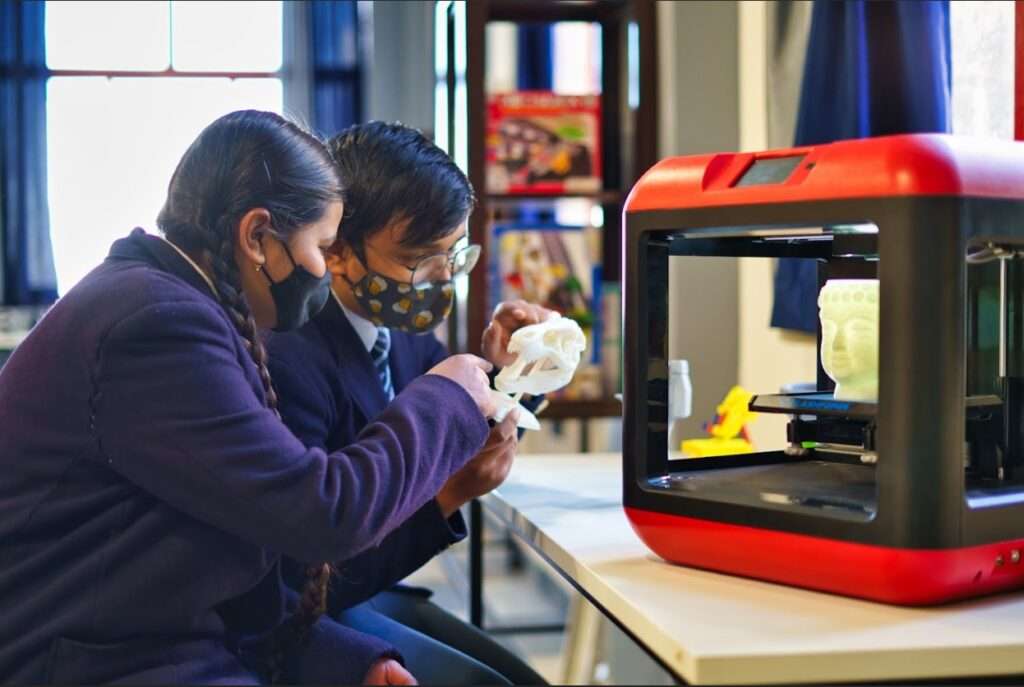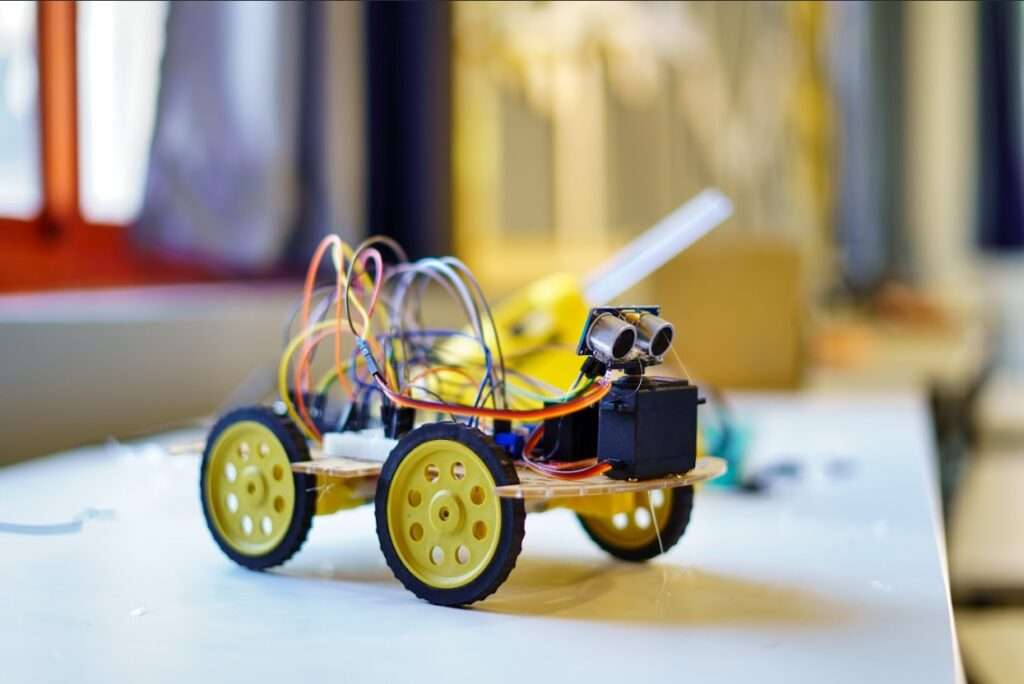In today’s fast-changing world, schools play a vital role not only in educating students but also in supporting the development of the teachers who guide them. To help teachers remain adaptable and innovative, schools must encourage a growth mindset—the understanding that abilities and intelligence can be improved through dedication, practice, and hard work. But how can schools nurture this mindset in their educators, and what impact does it have on promoting a culture of innovation?
The Influence of a Growth Mindset
The concept of a growth mindset, popularized by psychologist Carol Dweck, has greatly influenced the field of education. Educators who adopt this mindset are confident in their ability to adapt, refine their teaching methods, and tackle new challenges. In contrast, a fixed mindset can hinder innovation, as teachers may shy away from taking risks out of fear of failure.
In a school setting that promotes growth, teachers are encouraged to collaborate, experiment, and reflect on their practices. This not only enhances classroom experiences but also empowers educators to explore fresh ideas and integrate advanced technologies.
Practical Steps to Cultivate a Growth Mindset
1. Promote Lifelong Learning
A key approach to fostering a growth mindset is by offering continuous professional development. Schools can offer opportunities such as workshops, webinars, and seminars where teachers can explore new teaching methods, cutting-edge technologies, and innovative practices. This ongoing learning process nurtures curiosity and ensures that educators remain up-to-date with the latest trends in education.
2. Support Experimentation
Innovation flourishes in environments where failure is seen as a learning opportunity rather than a setback. Schools should foster spaces where teachers feel comfortable experimenting with new methods without the fear of judgment. This encourages risk-taking and helps educators improve their approaches by learning from both their successes and their mistakes.
3. Encourage Collaboration and Peer Learning
Fostering a collaborative culture is key to developing a growth mindset. Schools can provide opportunities for teachers to collaborate, share ideas, and help each other grow professionally. Peer feedback can offer new perspectives and spark innovative teaching methods. Learn more
4. Set an Example from Leadership
School leaders and administrators should exemplify a growth mindset. By sharing their learning experiences, admitting their mistakes, and showing dedication to self-improvement, they set a constructive example. This leadership style inspires teachers to embrace a similar mindset for their own professional growth and development.
5. Celebrate Effort and Progress
Rather than solely focusing on results, schools should acknowledge the effort and progress teachers make throughout their professional development. Whether it’s trying out a new teaching strategy or incorporating technology into the classroom, recognizing these efforts reinforces the value of persistence and ongoing learning.
The impact on innovation and student achievement
When educators adopt a growth mindset, they are more willing to explore innovative teaching strategies and adjust to new challenges. This fosters a culture of innovation that ultimately benefits students. Teachers with an open and adaptable mindset are better equipped to create engaging lessons that encourage critical thinking, creativity, and collaboration.
Additionally, a growth mindset can have a ripple effect throughout the classroom. As teachers exhibit resilience and adaptability, students are more likely to mirror these qualities, fostering a learning community that prioritizes continuous improvement and lifelong learning.
Ready to foster innovation in your school!
Creating a culture of innovation starts with fostering a growth mindset among teachers. By encouraging lifelong learning, offering spaces for experimentation, and leading by example, schools can inspire their teachers to embrace change, collaborate, and continuously strive for improvement. This positive mindset, in turn, shapes the entire school community, cultivating an innovative and dynamic learning environment for both educators and students.
Start building this culture of growth today by exploring professional development opportunities and strategies that encourage continuous learning and experimentation in your school.















